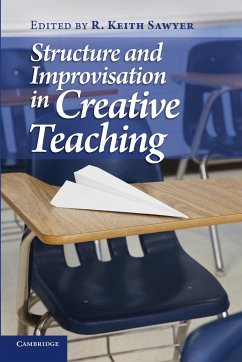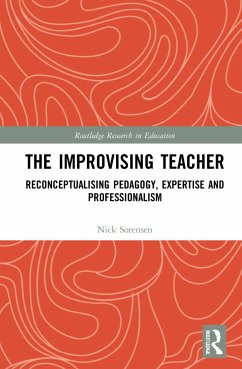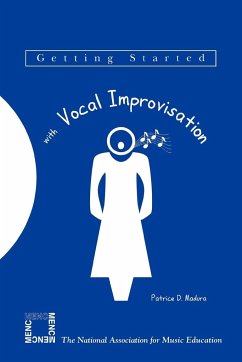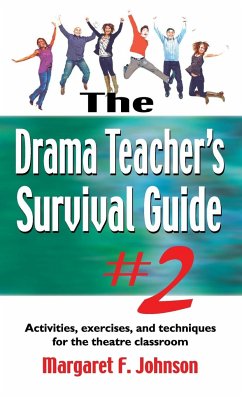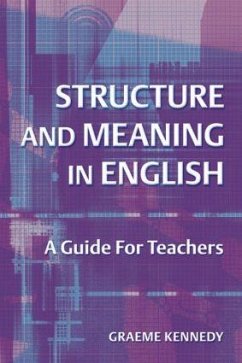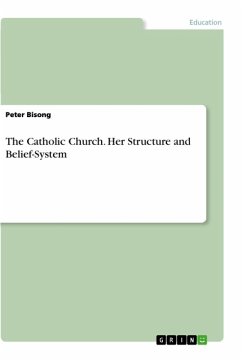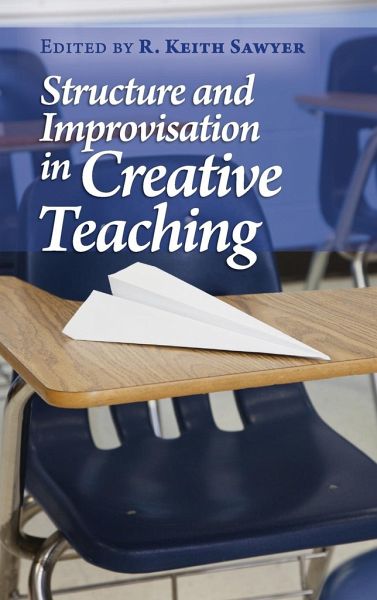
Structure and Improvisation in Creative Teaching
Versandkostenfrei!
Versandfertig in 1-2 Wochen
115,99 €
inkl. MwSt.
Weitere Ausgaben:

PAYBACK Punkte
58 °P sammeln!
With an increasing emphasis on creativity and innovation in the twenty-first century, teachers need to be creative professionals just as students must learn to be creative. And yet, schools are institutions with many important structures and guidelines that teachers must follow. Effective creative teaching strikes a delicate balance between structure and improvisation. The authors draw on studies of jazz, theater improvisation and dance improvisation to demonstrate that the most creative performers work within similar structures and guidelines. By looking to these creative genres, the book pro...
With an increasing emphasis on creativity and innovation in the twenty-first century, teachers need to be creative professionals just as students must learn to be creative. And yet, schools are institutions with many important structures and guidelines that teachers must follow. Effective creative teaching strikes a delicate balance between structure and improvisation. The authors draw on studies of jazz, theater improvisation and dance improvisation to demonstrate that the most creative performers work within similar structures and guidelines. By looking to these creative genres, the book provides practical advice for teachers who wish to become more creative professionals.





